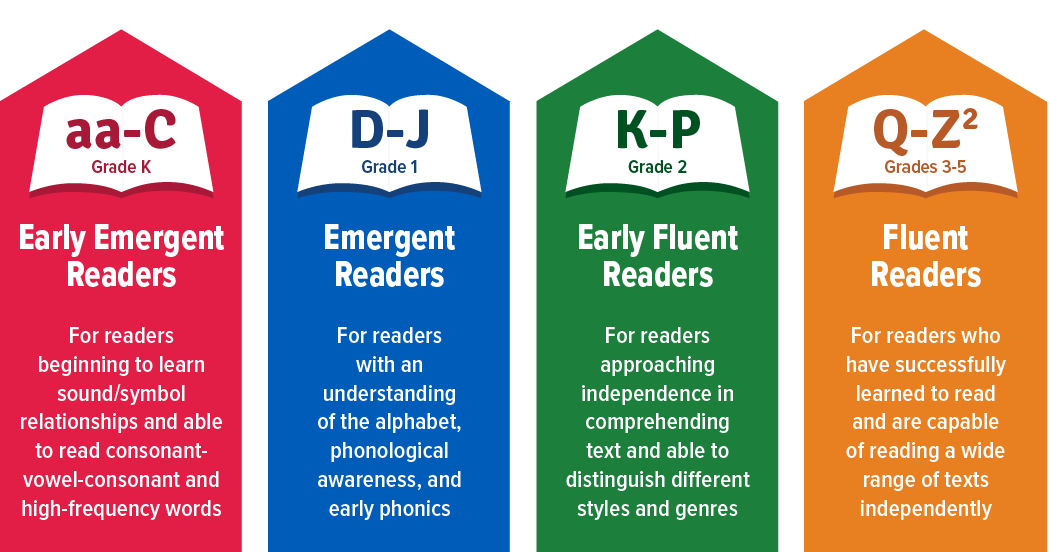School, Community, and Family Partnerships
* School personnel must have an understanding of and appreciation for the families whose children they serve. Often times, teacher do not live in the community they work in. As an educator, it is important for us to get to know our students and their background (Bean, 2015).
* Work with families to help them understand the school's academic and behavioral goals and expectations. Teachers often depend on making phone calls to communicate with their students' parents. Social media has become a form of communication between teachers and parents. For example, teachers may create Twitter accounts where they communicate with their students and parents (Bean, 2015).
* Create an environment that welcomes parents into the schools. Encourage parents to take part in their child's school community. Invite parents into the classroom for career day and allow them to speak to student's. Have parents read a book and share the book with students and create projects with them based on the reading (Bean, 2015).
* Parent involvement should extend through the grades. This should not only take place in the primary grades. Parent involvement should continue throughout all grades (Bean, 2015).
If teachers and parents work together to help their children, student success will occur!
* Work with families to help them understand the school's academic and behavioral goals and expectations. Teachers often depend on making phone calls to communicate with their students' parents. Social media has become a form of communication between teachers and parents. For example, teachers may create Twitter accounts where they communicate with their students and parents (Bean, 2015).
* Create an environment that welcomes parents into the schools. Encourage parents to take part in their child's school community. Invite parents into the classroom for career day and allow them to speak to student's. Have parents read a book and share the book with students and create projects with them based on the reading (Bean, 2015).
* Parent involvement should extend through the grades. This should not only take place in the primary grades. Parent involvement should continue throughout all grades (Bean, 2015).
If teachers and parents work together to help their children, student success will occur!
